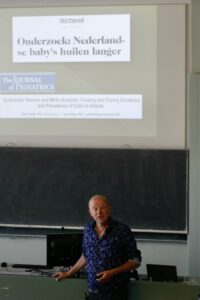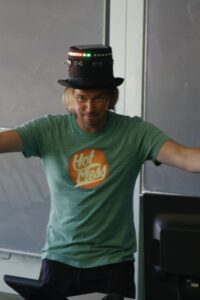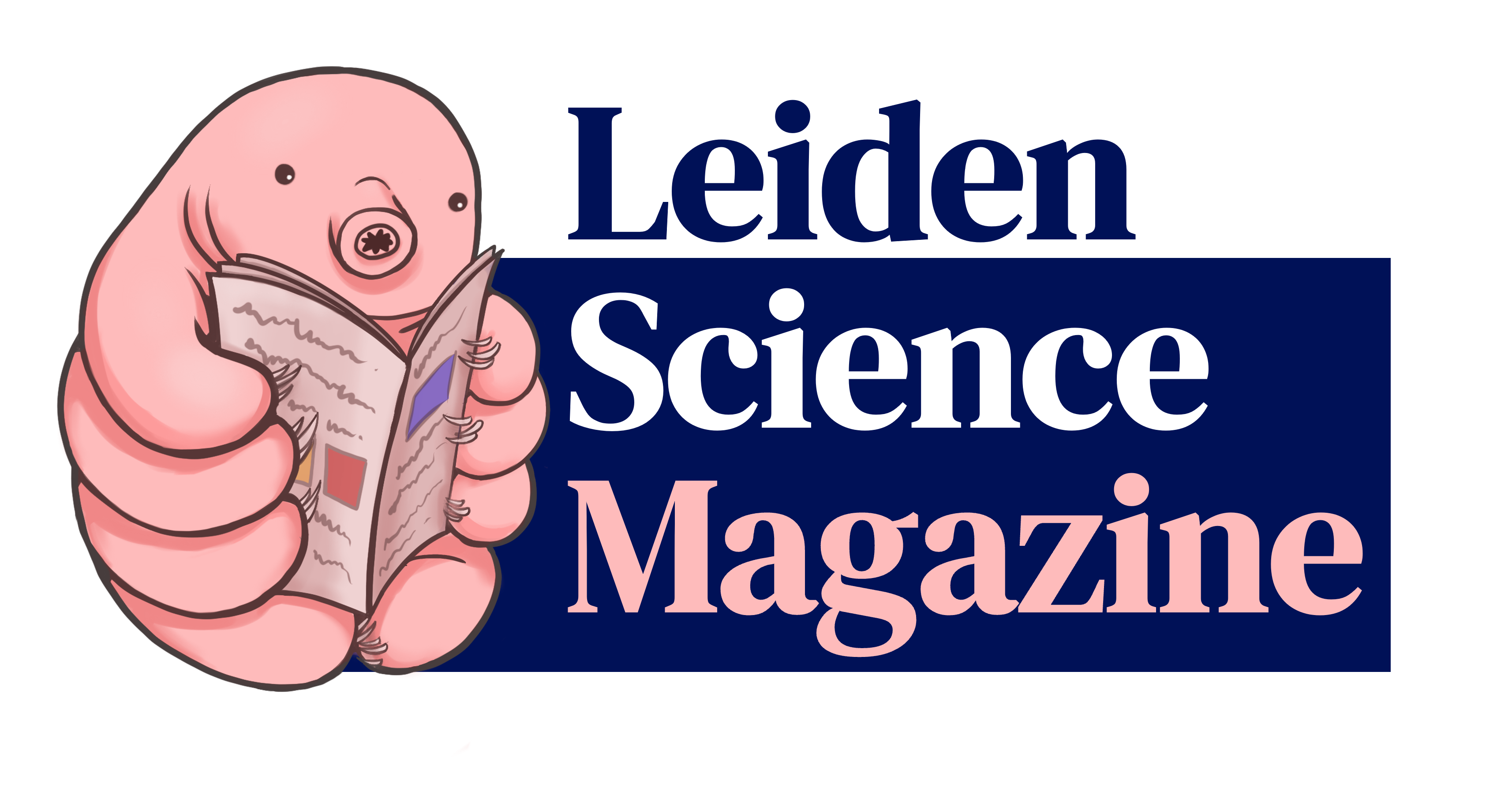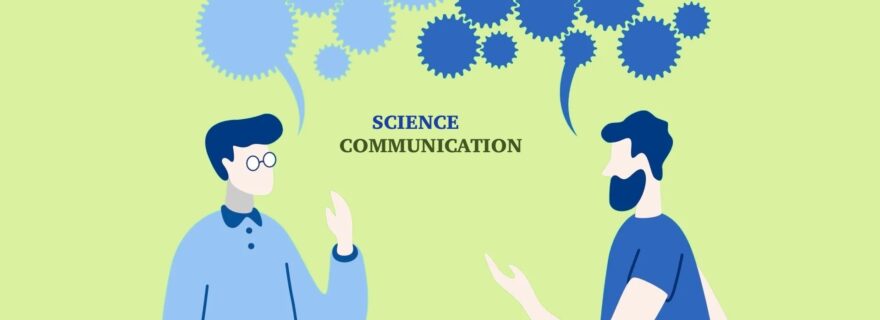Rino-symposium: 25 years of physics for everyone
Last Thursday, the Rino foundation organized a science communication-oriented symposium honoring its 25th anniversary. Whoever was not there, do not worry. Here you can find the jokes (and precious insights) that you have missed, covering everything from crybabies to sewers.
The symposium started with an introduction of Rino’s vision, goals, and members. The foundation performs physics shows at high schools to make students more enthusiastic and is thus well experienced in communicating science. The lustrum was therefore celebrated stylishly: Established names within the field of science communication shared their own experiences and advice.
The first speaker to share his thoughts was Sus Dams. In the possession of a character as soft as his Flemish accent, Dams guided us through the foundation of the Nature and Science association. Although it was originally planned as an extra challenge for high school students, this association currently aims at popularizing science with kids at primary school. The reason for this transition is clear: ‘At high schools many prejudices have already developed and you are too late.’ His biggest advice? ‘Good communication means to observe your public.’


Misinformation
Then it was Maarten Keulemans’ turn, who is a science journalist at one of the biggest newspapers of the Netherlands, the Volkskrant, and was Journalist of the Year 2021. By giving comical examples he showed how thorough science can easily be transformed into misinformation. One of the mishaps was the media’s notion that Dutch babies cry the longest worldwide. Regrettably, this was only based on one study, which focused on babies who were ill in the first place. It can not be expected that they would cry less, can it? So what seems to be the problem here? According to Keulemans, the process is way too exhaustive: Research is published in journals, and these issue press releases, which are finally taken over by the regular media. With each step, nuance is degraded until the final article resembles pure sensation. Keulemans’ advice for journalists - useful for all of us - is to continue thinking critically:
Woke
Next up, a perspective from the other side: Professor of Astronomy Vincent Icke shared personal anecdotes as tips for science communication. How do you navigate the media landscape, woke-culture included, live TV-performances and social media? Or in his words: ‘Social media is a sewer that I refuse to swim in.’
Icke also discussed a commonly asked question: What is the added value of science? He used a funny example to add some ‘real’ value to science. Take GPS, which works due to Einstein’s special theory of relativity. Imagine that five percent of GPS-base revenue can be ascribed to this theory, and of this revenue ten percent is profit. Our fictitious Einstein Inc. would then have a market value of 1200 billion euros!
Icke finally presented his own theorem. According to this, a sound presentation has x percent content and y percent theatrics. Icke states that 0 < x/y <∞ because x and y can never both never be zero. ‘A story without content is deception, while a story without theatrics is a sedative.’


DIY
And ultimately, the final speaker was Rolf Hut, a physicist at the Technical University of Delft. Of course, his background did spur the feud between Leiden and Delft, but apart from a sporadic sneer, the talk remained orderly. Hut’s appearance resembled a hurricane, while talking enthusiastically about all the different ways in which you can introduce technology to your home. Take the creation of a standing desk from ironing boards, or using a parking meter to automatically turn off the television after half an hour. ‘You cannot sell the product, but it is a lot of fun to make and use it anyway.’
Besides his passion for DIY, Hut also delivered a more serious note: Education is always useful, even when you cannot see the application on the first view. ‘We do not exercise as a way to train ferociously picking up dumbbells, we do it as a way of becoming stronger. Education works exactly the same: it is a workout for your brain.’ And these neural gymnastics cannot start early enough if it is up to Hut, he encourages the stimulation of children early on.



0 Comments
Add a comment